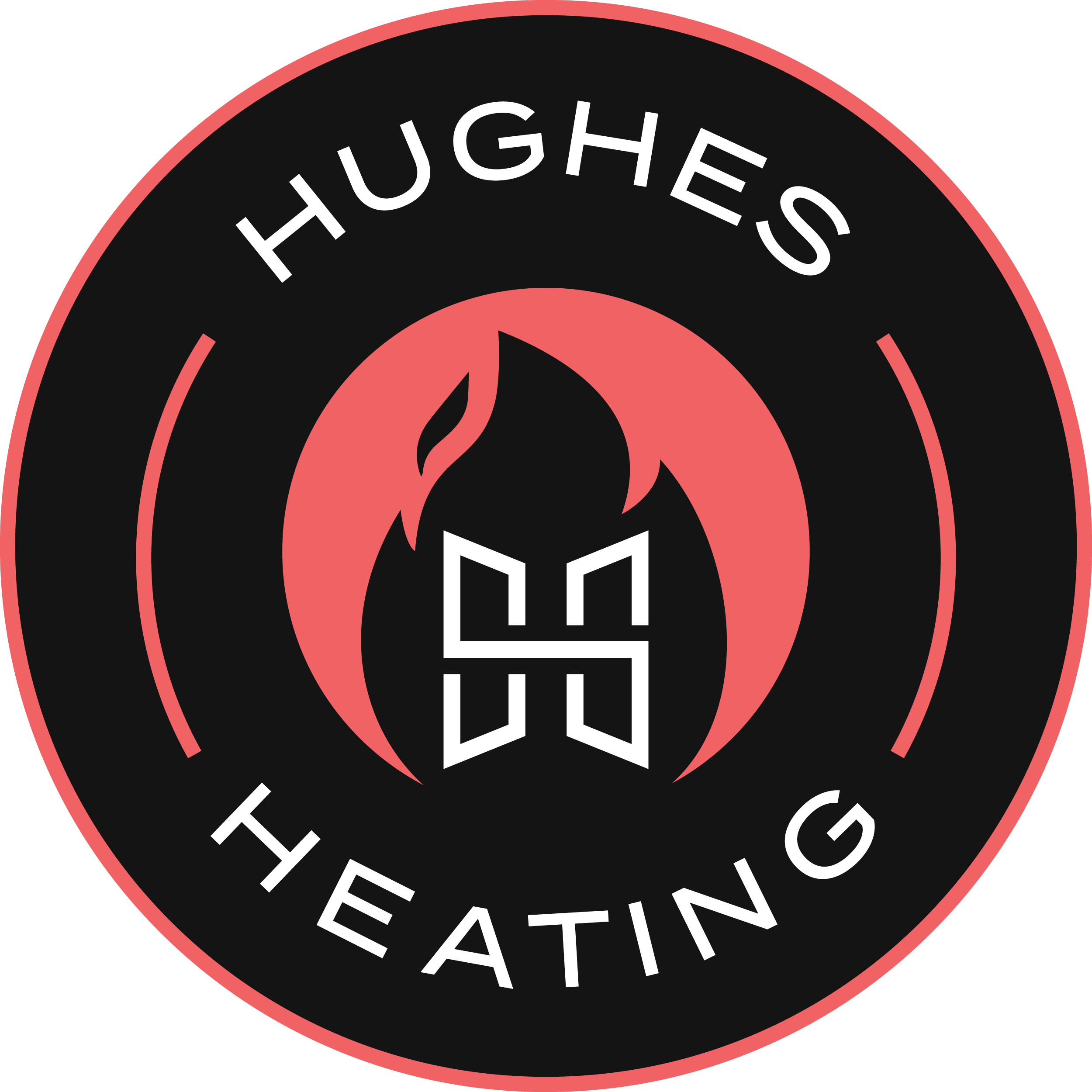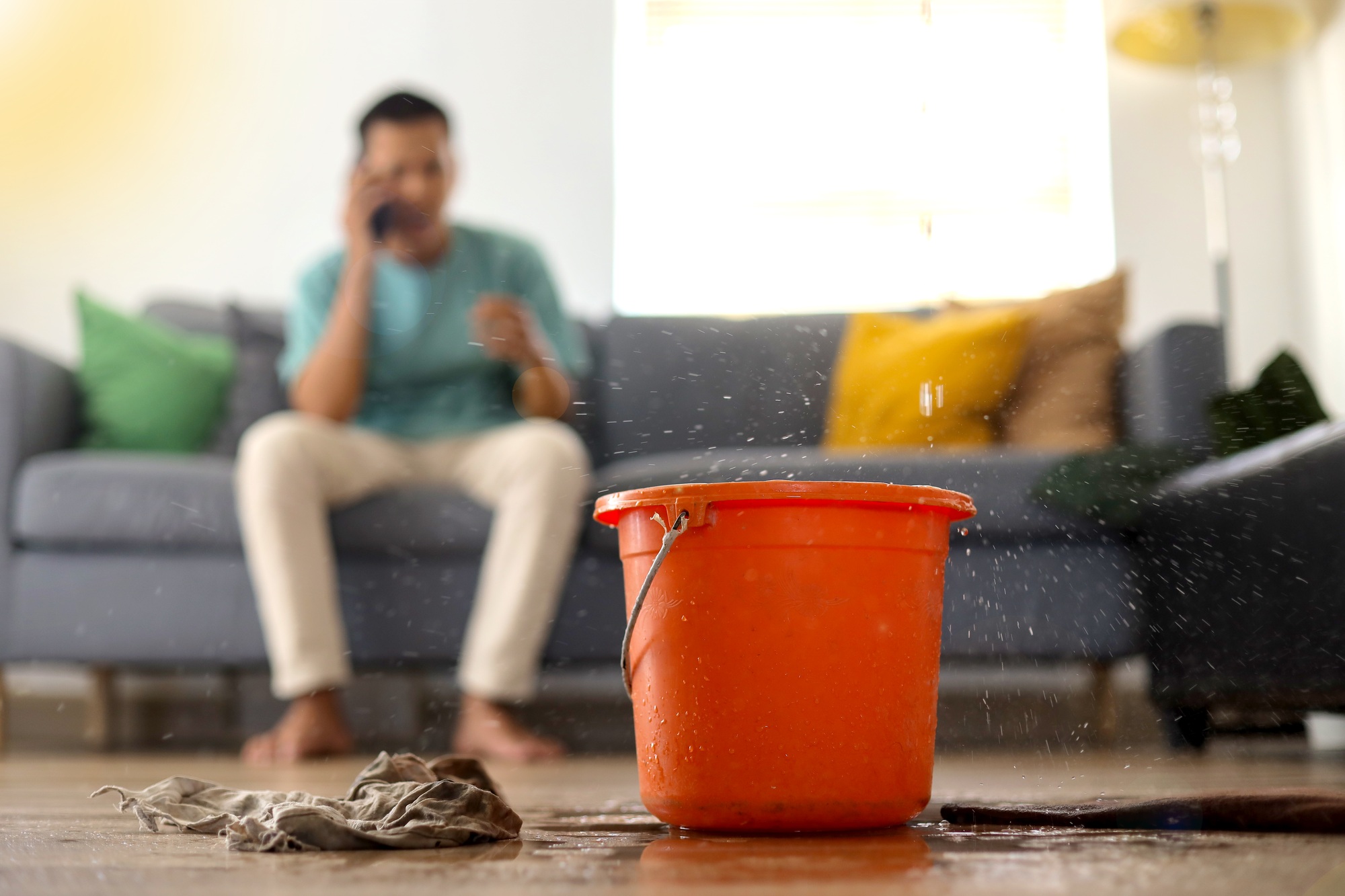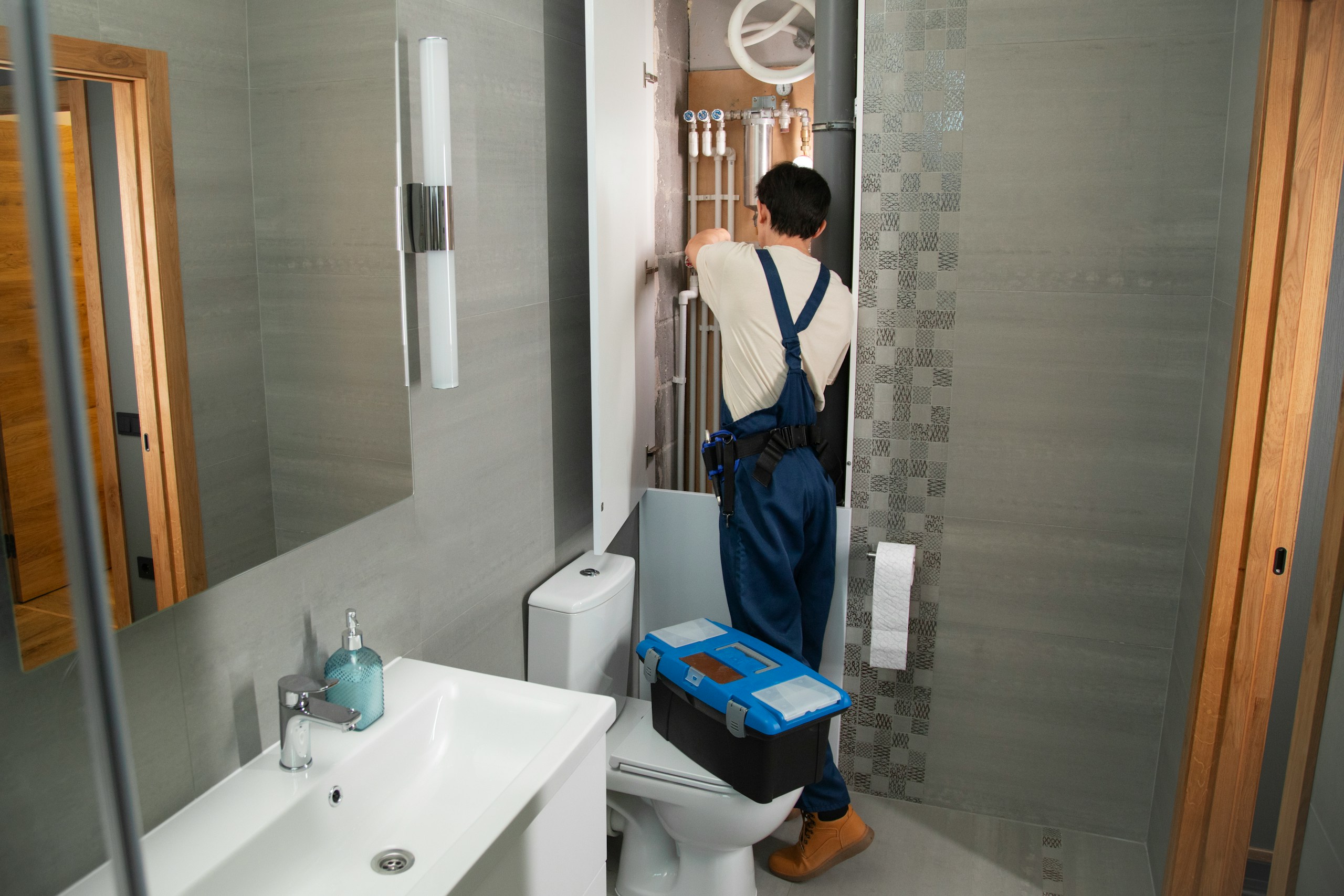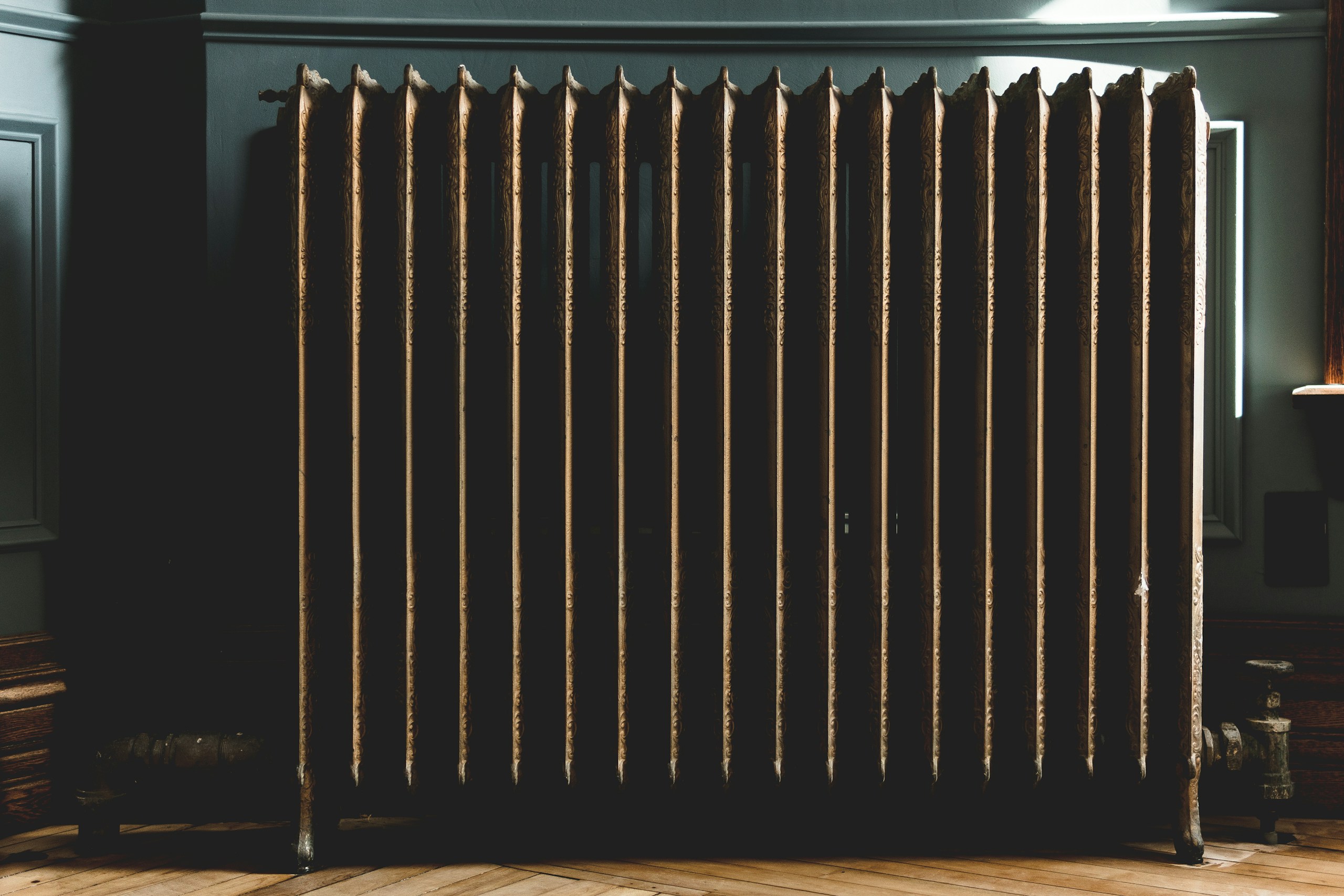You’re settling in for the evening when you hear that unmistakable sound of rushing water where it shouldn’t be. Your heart sinks.
But here’s what most people don’t realise—those first few minutes after discovering a plumbing emergency aren’t about panic. They’re about taking control. With expert emergency plumbers operating across the Ashford area, help is always available. The real question is how much damage occurs before they arrive.
That’s entirely in your hands.
We’re going to walk through four essential areas that’ll put you in the driver’s seat: immediate damage control, mastering your water shut-offs, deciding when it’s truly an emergency, and knowing exactly who to call in Ashford. Think of this as your emergency playbook—one that could save you thousands in water damage and give you genuine confidence when things go sideways.
Stop the Flood, Save the Floor
Speed matters here, but so does sequence.
Your first move should always be stopping the water supply—we’ll cover exactly how in the next section. But assuming you’ve done that, or you’re still figuring out where your stop valve is, there’s plenty you can do to minimise damage.
Turn off any electrical appliances near the water and switch off your property’s electricity supply if water is anywhere near electrical outlets. This isn’t being overly cautious—it’s basic safety. Water and electricity don’t negotiate.
Next, deploy whatever you’ve got. Towels become your absorption army. Buckets catch ongoing drips. Mops help you stay ahead of spreading water. Place towels around the affected area to create barriers, and position a bucket strategically under any persistent leaks.
Here’s something I’ve learned from speaking with locals: most homeowners underestimate how much water can accumulate in just minutes. That steady drip might look manageable, but it adds up faster than you’d expect.
If you can safely attempt a temporary DIY repair—perhaps tightening a loose connection or wrapping a small leak—go for it. Just remember the keyword there: safely. We’re talking damage control, not heroics.
The Great Shut-Off Hunt
Let’s be honest—most of us haven’t thought about our stop valve since we moved in. Yet knowing how to find and operate it is probably the most valuable five minutes you’ll ever spend learning about your home.
Your inside stop valve (or stopcocks) is your first port of call, and there’s a good chance it’s under your kitchen sink. That’s the most common location, but don’t panic if it’s not there. Check your kitchen cupboards, airing cupboard, under the stairs, or near your front door. Some older properties hide them under floorboards, in the garage, utility room, bathroom, or even the cellar.
When you find it, remember this: clockwise to shut off, anticlockwise to turn back on. It might take several full turns, and don’t expect the water to stop immediately—it can take a few minutes for the flow to completely halt.
Now, your outside stop valve is a different beast entirely. Look for plastic or metal lids marked with “W” or “water,” usually near your water meter or sometimes at the end of your road if you’re in an older property with shared supplies.
The operation varies depending on what you’re dealing with. Square plastic lids typically need a quarter turn anticlockwise to shut off. Round plastic lids usually require about nine clockwise turns—similar to operating a kitchen tap. Square metal lids often need a universal stopcock key and turn clockwise to shut off.
Midnight Crisis or Morning Drama?
This is where judgement comes in, and honestly, it’s not always clear-cut.
Some situations demand immediate attention, regardless of the hour. Burst pipes top this list—they’re relentless and can cause extensive property damage quickly. If you’ve got zero water supply to your property, that’s an emergency too. Overflowing blocked toilets bring health risks alongside the mess. Major floods and taps that won’t shut off both fall into the “call now” category.
Service line leaks—whether water, sewer, or gas—never wait for business hours.





